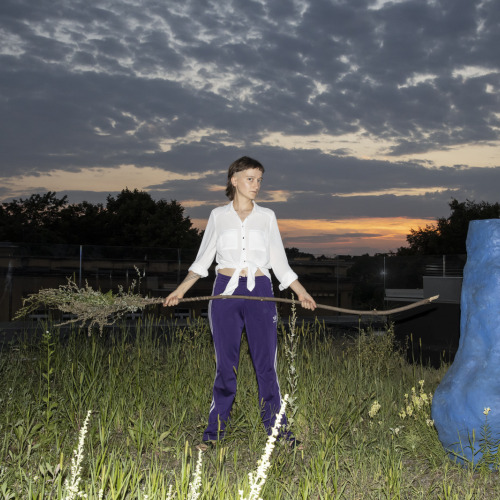
I Shot Andy Warhol
"Looking
around Andy's Factory, all I see is a street circus, the same popular kids that
treated me like shit in high school, laying around, getting high and balling
all day and night. This is my generation"
Valerie Solanas
Norman Mailer called her the
"Robespierre of feminism", B. Ruby Rich "a proto-feminist Joan
of Arc", film-director and screenwriter Mary Harron says she was like a
"lesbian Joe Orton", and could have been "a more apocalyptic
Camille Paglia". Her language has the power as if "Oscar Wilde had
decided to become a terrorist".
Her name was Valerie Solanas. I Shot Andy Warhol is a riveting portrait of
this controversial radical feminist, the women who in 1968 shot down the world
famous pop-artist Andy Warhol and nearly killed him.
Like many other fascinating and eccentric
underground personalities of the era, Solanas had been drawn to the Factory,
Warhol's base of operations. She had hoped Warhol would produce her play Up
Your Ass. But he had been only briefly fascinated by her intensity and
freakishness. When he rejected her, she became increasingly paranoid, until she
decided that there was only one solution to her problem.
Although she is probably best remembered by
this notorious act, as the author of the SCUM (Society for Cutting Up Men)
Manifesto, she became the embodiment of feminist anger and rage.
Harron: "I had always thought Valerie
was a madwoman. In 1988 I got a copy of the SCUM Manifesto, and I was amazed at
how brilliant it is. For one thing it is very funny, and no one had ever said
Valerie had a sense of humor. It raises the question: how much of it is satire,
and how much of it idid she really mean? If she never shot Warhol, you'd say
it's a brilliant piece of satirical writing, and her whole fantasy of killing
men would be no more than that. I'm still unsure. (...) One of the hardest
things about trying to make a film now about the 60s was the attitude towards
women which was so astonishingly different to now. I think people have
forgotten that the notion of male superiority was a given -- everyone accepted
it --, and that women couldn't be artists. (...) Talking to 60s feminists, what
they say is that the Manifesto gave women the permission to be angry.
(...) I don't think there's another
feminist document quite like it. It's fearless. She's writing without a thought
for what anyone else thinks, without caring. There's something very free about
it."
Directed by: Mary Harron; cast: Lili Taylor
(Valerie Solanas), Jared Harris (Andy Warhol), Stephen Dorff (Candy Darling),
Martha Plimpton (Stevie), Lothaire Bluteau (Maurice Girodias), Reg Rogers (Paul
Morrissey)...; director of photography: Ellen Kuras; written by: Mary Harron in
Daniel Minahan; music: REM, Jewel, Wilco, Bettie Serveert, Pavement, Yo La
Tengo, Kuna, Ben Lee, John Cale, The Lovin' Spoonful, Love, MC5, Sergio Mendez;
produced by: Tom Kalin in Christine Vachon.
Organised by City of Women in collaboration with Cankarjev dom


